Bathroom Cleaning
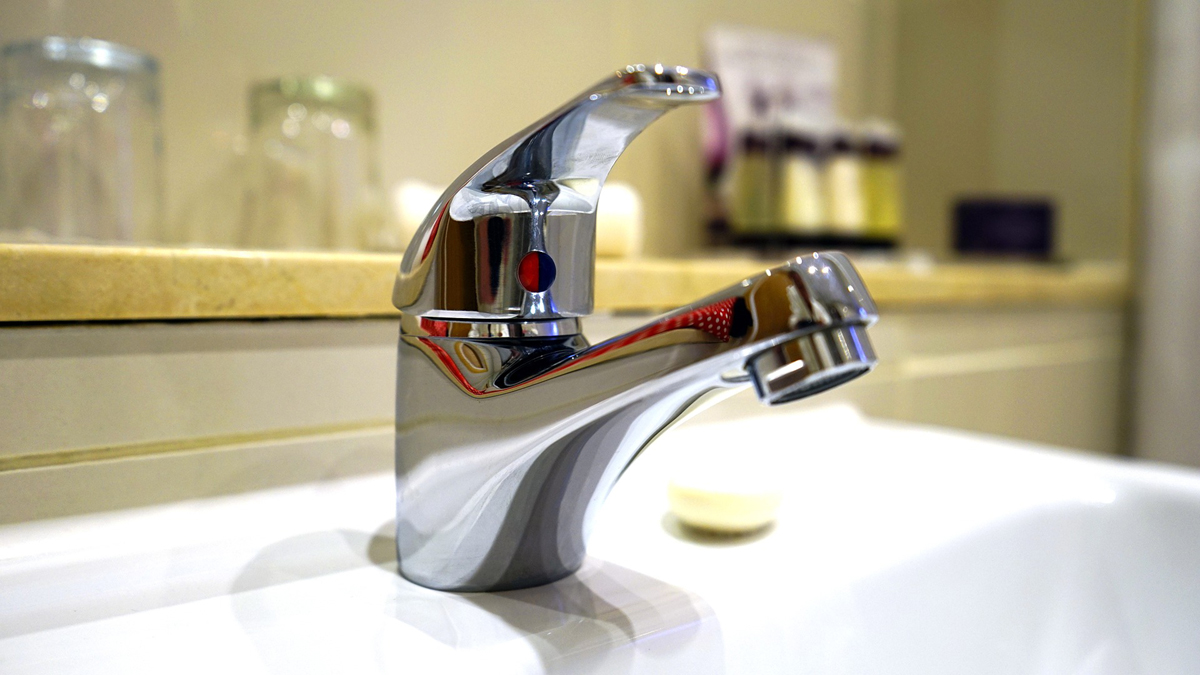
How to clean your bathroom.
Cleaning Ceramic Tile Walls
Regular cleaning can be done with detergent and water, and rinsed; or commercial household cleaners or bathroom cleaners used according to label directions. Do not use scouring powders or other abrasives which can scratch the finish.
Special cleaning may be needed for ceramic tile in bathrooms if there is a buildup of: soap scum, a rough white coating, or mildew.
Remove soap scum by sponging with a mixture of 1/2 cup packaged water softener, plus 2 tablespoons rottenstone plus 1 cup hot water; or use a solution of 1-2 tablespoons trisodium phosphate in 1 gallon hot water. Rinse.
Remove mildew by cleaning with a dilute solution of chlorine bleach in water, following label directions on bleach. Rinse. Or use a mildew-retardant household spray.
The rough white coating is a buildup of mineral from hard water (like you get in a teakettle). Dissolve it with a commercial tile cleaner and wipe off.
Occasionally a dark varnish-like stain may build up in a tile shower that has not been cleaned regularly. It is a build-up of body oils and soap scum and very hard to remove. Cover the spot with full-strength liquid laundry detergent and let stand for a couple of hours. Then sponge with water. If it still doesn’t all come off, leave detergent on longer and scrub with a brush. Don’t use on porcelain enamel tubs or fiberglass or plastic surfaces as it may damage them.
Cleaning Porcelain Enamel:
Bathroom fixtures can be cleaned in a solution of 1 tablespoon detergent to 1 gallon hot water or with a foam bathroom cleaner. Avoid using household cleaners which contain abrasives.
Bathroom fixtures should be disinfected weekly with a solution of chlorine bleach and water or a spray-on disinfectant or by using a disinfectant cleaning foam.
Removing Tub Appliques:
Whatever method you use, first test the cleaning/removal material in an inconspicuous part of the surface the label is stuck on the be sure it will not damage that surface.
The appliques were made to put on the bottom inside of bathtubs and showers to make them less slippery and help prevent falls. They are made in three layers…the top layer that you see, a middle layer of Mylar film and a bottom layer of adhesive.
1. Carefully lift a corner of edge of each applique. Use your fingernail, a chisel-pointed cuticle stick or any rigid, sharp edged plastic or wood scraper to get it started.
2. Slowly pull up and peel back the applique making certain the two layers (top surface and Mylar film) remain together. Should the layers separate and the film tear as you progress, start and lift other corners around the applique, working toward the center until all portions are free. Cleaners and solvents will not eat through Mylar film.
3. After the appliques have been removed, there may be some bits of adhesive remaining on the tub surface. To this adhesive you may apply “Shout,” “Spray-N-Wash,” or “Magic Spray.” Allow the adhesive to soak in one of these solutions for about half an hour. This will soften the adhesive to a rubbery consistency.
You can now wipe up the softened adhesive with a coarse, dry cloth. Or, you may thumb-roll the adhesive into small balls (much like rubber cement). For removing the adhesive, you may repeat the soak procedure several times.
If you have difficulty trying to pull up and peel back the appliques, you may prefer to try the following procedure.
1. Lift several corners on each applique. Then apply a generous portion of “Shout,” “Spray-N-Wash,” or “Magic Spray” over the entire bottom of the tub. Since nothing will eat through the Mylar film, these solutions must get under the applique in order to work on the adhesive.
2. This time, allow the appliques to soak for about two hours. One of these solutions should soften the adhesive to a point where the appliques can be lifted easily from the tub surface and any remaining adhesive can be wiped up.
After following one of these above procedures…after removing the appliques and any remaining adhesive, you should then scour the tub thoroughly with a mild powdered cleanser (such as Bon Ami). Then rinse thoroughly and air-dry before installing new appliques.
If one of these solutions remains on the tub surface, your next set of appliques may not adhere well…thus, the scouring powder treatment.
Some tub manufacturers (such as fiberglass) recommend that powdered cleansers not be used on their tubs. Instead use liquid detergents, or baking soda and water, or all-purpose household cleaners.
The Author:
Anne Field, Extension Specialist, with credit to MSU Extension

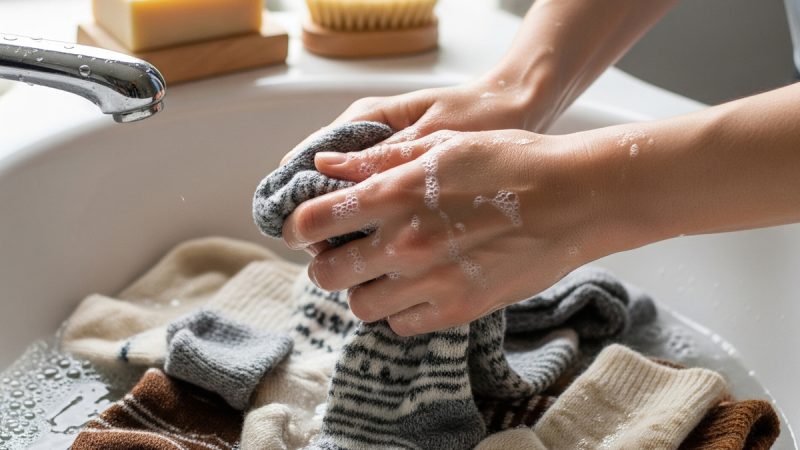
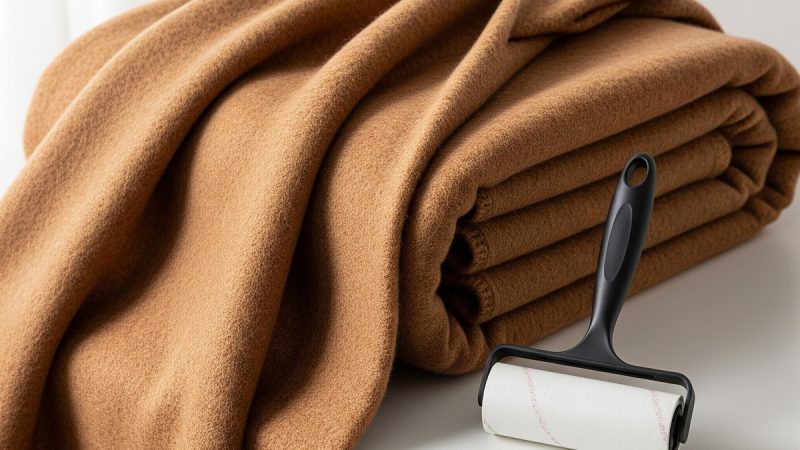
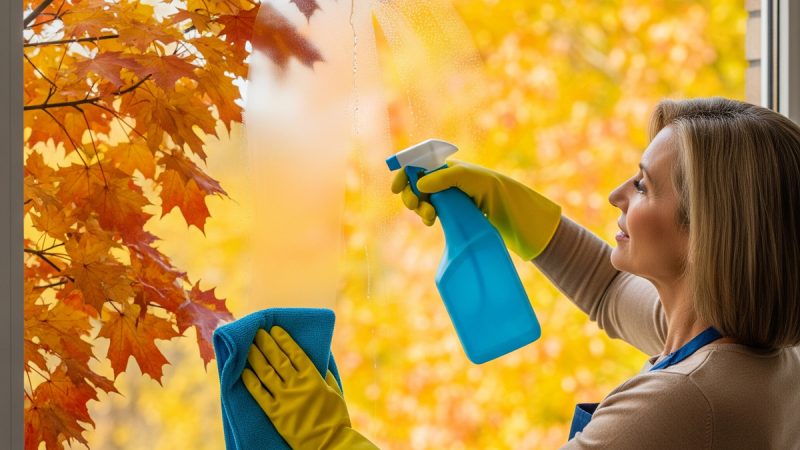

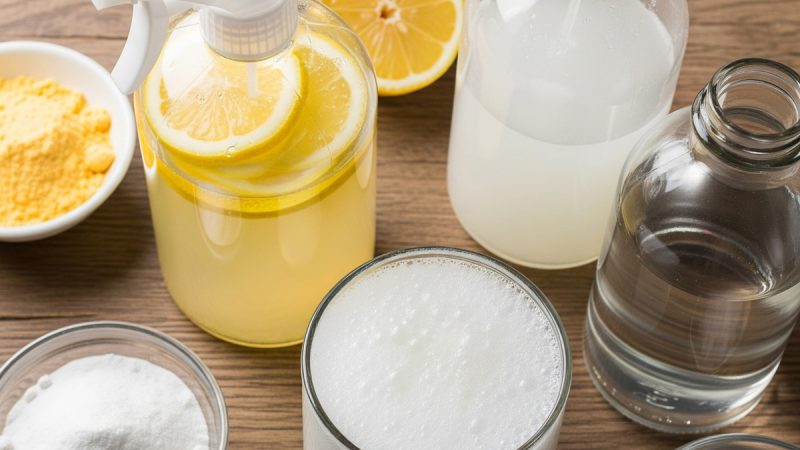
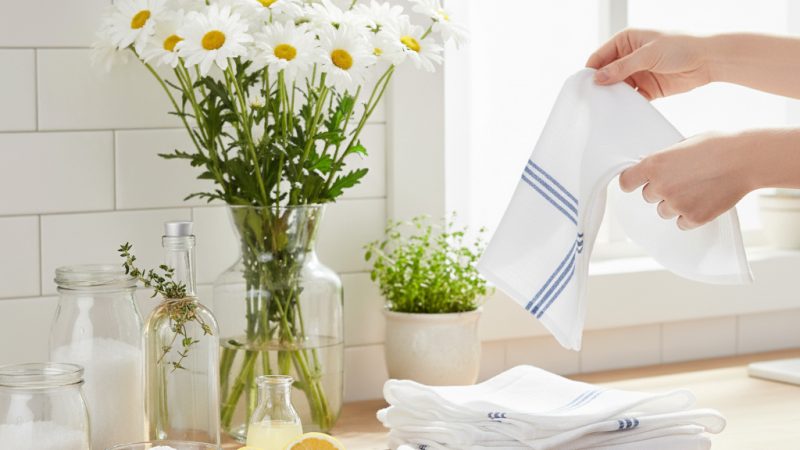

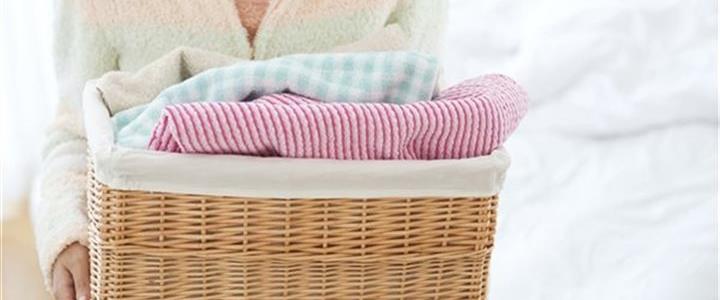
To remove mildew from the shower stall, spray with 10% bleach ( put in a spray bottle filled with water ). Spray on any mildew areas then let it sit for 15 minutes. Presto! It’s a goner!
Great tip! Bleach is a powerful cleaner and can definitely help remove mildew from the shower stall. Just be sure to use it in a well-ventilated area and take proper safety precautions. Thanks for sharing!
Hi, I have discovered that cleaning the entire shower stall (glass doors, tile, tub) and even ceramic tile in the bathroom is fantastic. I scrub all of these areas with, according to my own mixture (you will need water) electrasol or cascade gel. After cleanings, I rinse with water. Soapscum, mildew, whatever is gone and I have a beautiful clean bathroom that shines like glass and stays that way longer. The liquid helps to prevent buildup. I mix 1/3 gel to 2/3 water in a spray bottle and keep this in my shower with a rag. I spray the inside of my shower, doors and all, when I have finished showering and rinse with an an old rag. I do this maybe 3-4 times a week and don’t have to really clean everything again for 2-3 weeks. Just touch ups. This prevents the mildew or mold from forming in cracks and crevices as easily. If used as I described there may not be a return of molds. Only one caution. THIS CAN MAKE THE BOTTOM OF THE TUB VERY SLIPPERY. Rinse the bottom of the tub very well. I hope you try this and like it as much as I do. I have no small children at home any more so this will will probably apply differently to families with children but it may still be a big help to you.
Wow, that sounds like a comprehensive cleaning routine for the bathroom! Using an electrasol or cascade gel mixture to clean the shower stall, glass doors, tiles, and tub is a smart idea. And the fact that it prevents buildup is a bonus. Thanks for sharing your method!
One day I was cleaning the shower. You know how hard it is to clean the bottom of the sliding door, well the toothbrush wasn’t helping. I needed a way to clean the corner end when I got a idea! You know those teeth cleaning brushes the kind that have the small brush (looks like a tiny bottle cleaner). This little brush was able to get into the corner where the toothbrush couldn’t!!!! Thought it might help.
That’s a clever idea! Using a toothbrush to reach those hard-to-clean corners of the sliding door is a great tip. Thanks for sharing your experience!
Toilet Cleaning – If a toilet has been neglected for long and its got that brown muck around the bowl, just pour in some coca cola, yes good old coke and leave overnight. You will find that effortless brushing in the morning will leave it gleaming.
Who would have thought that Coca Cola could be used for toilet cleaning? It’s amazing how versatile household items can be. Thanks for the tip!
I have lived in my home 32 years since we built it. My ceramic tile bathrooms are still snow white. I clean them with about one-fourth cup soft scrub, mixed in 1 gallon of hot water.
I take my mop and put it in the mixture and saturate the floor good with it and let it sit thirty minutes to let the mixture soak into the grout, then I rinse the floor good. When it is dry it is snow white. Have a well ventilated room.
Maintaining snow white ceramic tile bathrooms for 32 years is impressive! Your method of using Soft Scrub mixed with hot water and letting it sit on the floor to soak into the grout is a great way to keep the tiles looking clean. Thanks for sharing your tried and tested method!